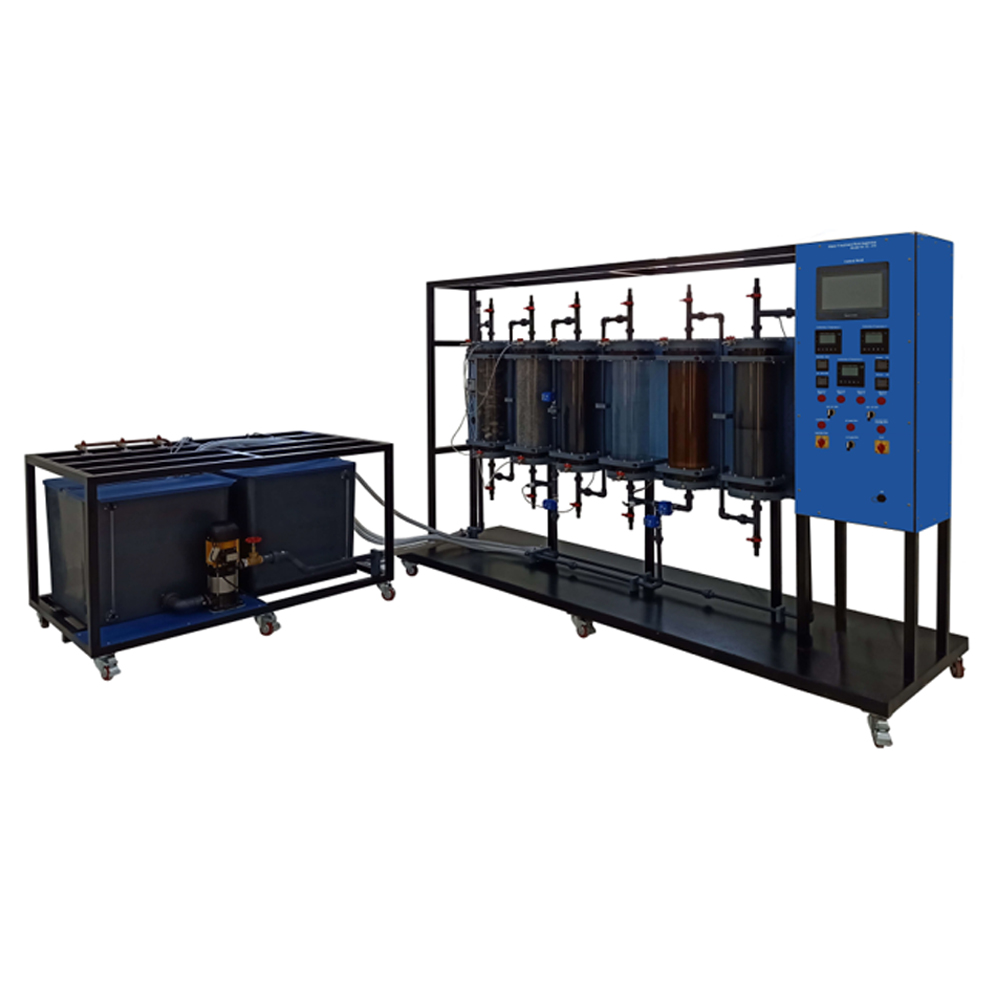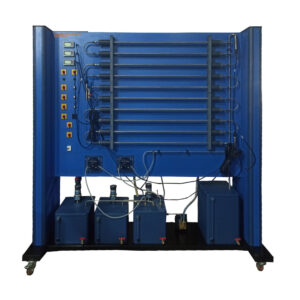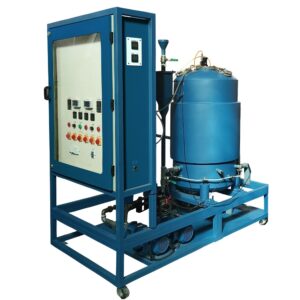The three main unit processes in water treatment are depth filtration, adsorption, and ion exchange. These three operations can be demonstrated using ICT-3296. Pumps are used to push raw water from above into a gravel filter, which is then connected to a sand filter. The method involves removing suspended particles from the raw water. The second treatment stage then receives filtered water. The dissolved chemicals are eliminated via adsorption on activated carbon and aluminum oxide. After that, the water moves on to the third step of treatment. Ion exchange is used in this stage to purge the water of undesirable ions.
Cation exchange is used to soften the water initially. A mixed bed ion exchanger with cation and anion exchangers is then used to desalinate the water. Both raw and treated water is stored in tanks and pumps in separate supply units. You can aerate the raw water tank. This makes sure the raw water is thoroughly combined. Additionally, it makes it possible for dissolved materials (like iron) to be precipitated and subsequently filtered. There is a connector to backwash the sand filters. Measurements are made of the flow rate, temperature, conductivity, differential pressure, and system pressure. All pertinent points can be used to collect samples.
The experimental plant is outfitted with a wide variety of PLC-controlled measurement, control, and operating capabilities. The measured values and operational conditions are shown on a touch panel, which can also be used to operate the plant. The observed values can also be directly transferred via USB to a PC where the software can evaluate them at the same time. The DAQ system is available as optional.




